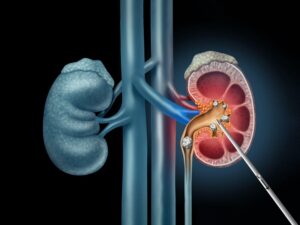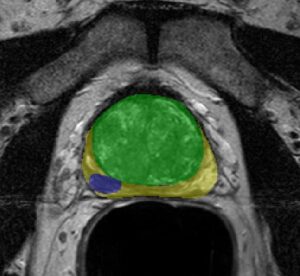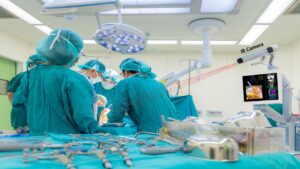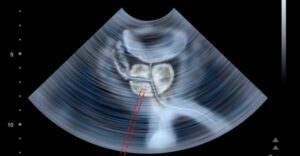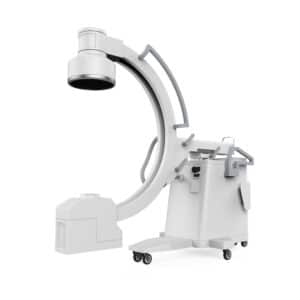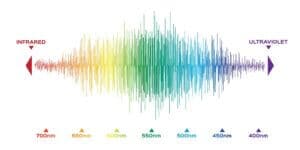Automatic object recognition is a highly challenging task in computer vision. These challenges can be caused by many factors reducing the recognition rate of a given algorithm, such as image blur, non-standard viewing angle of the object, partial occlusion and illumination, to list only a few. Difficulties pile fast in natural scenes and video sequences, where oftentimes the context in which the object appears in is an essential information for both detection and object recognition. But without diving into the deep and complex world of automatic scene understanding, object recognition algorithms struggled to meet recognition accuracy rates of humans even for simpler cases of controlled scenes. Moreover, the computations costs required to perform per-frame recognition reduce algorithms’ applicability to perform in real time essential applications; for e.g.: autonomous cars.
Object Recognition Algorithm
The practice of constructing an object recognition algorithm has made a great leap in the last decade and partially resolved some of the problems listed above. The evolution of recognition algorithms can be roughly be outlined starting from algorithms incorporating both bottom-up and top-bottom approaches, in which a pre-designed model is fitted to image data, through feature extraction and matching, to machine learning and deep learning neural networks based algorithms, which are considered nowadays the gold standard.
At RSIP Vision we have been constructing cutting-edge object recognition algorithms for more than two decades. We utilize advance computer vision and machine learning methods to detect and assign labels to objects in static images and video sequences. We customize our solutions to our clients’ needs, whereas oftentimes off-the-shelf software cannot accurately deal with the vast differences in classification requirements between projects. We therefore provide tailor-made algorithms for object detection and recognition utilizing the most state-of-the-art technology out there and our in-house solutions developed by our leading engineers.
The example above is just one of many solutions developed by RSIP Vision. To get the sense of our full spectrum of operation, our fields of activity and our leading custom-made solutions, please read about our work.


